New energy ratings on energy efficient appliances
When searching for a kitchen appliance such as a washing machine or fridge, you’ll want to pay attention to the energy rating to make sure you’re spending your money wisely and helping the planet. With all the talk about the changes in ratings, it can be confusing to know what’s what, but don’t worry – we’re here to help.
An energy label will tell you how energy-efficient an appliance is based on how much energy it consumes. For the past 25 years or so, appliances have been rated on their energy efficiency from A to G, with A being the most energy-efficient and G being the least. As more sustainable developments were emerging, grade A was later divided into three further categories: A+, A++ and A+++.
Why is the energy rating changing?
Last year, we wrote an article explaining energy ratings for appliances but since March 2021 appliances such as fridges, freezers, washing machines, dishwashers and washer dryers have reverted to a simple A to G ranking system, eliminating the A+ ratings.
This is because since the original system was introduced, 90% of all appliances now have an energy rating of A+++, making it harder to work out what the most energy-efficient appliance really is. The new system will make it easier to compare appliances and it will make room for innovative sustainable developments.
However, there will be a crossover period and retailers have until December 2021 to introduce the new label so some products may have a combination of both labels.
Initially, very few appliances will make it into a class A rating so that only the most energy-efficient appliances have the best rating. Plus, it will leave room for developing more energy-efficient models to come.
What will the new label look like?
As before, on the left-hand side of the label you’ll see a scale of different colours. The energy rating A (the most energy-efficient) is a deep green colour following through to energy rating G (the least energy-efficient) in red. The black pointer on the right-hand side will tell you what energy rating the appliance has.
An added feature is a QR code on the top right-hand corner. When you focus your camera on it, it will give you a link leading to an in-depth information page about the product.
Under the energy rating scale you will also see the energy consumption in kilowatt hours (kWh). It varies from product to product, but most appliances are rated on 100 cycles rather than annual cycles: for example, how much energy a washing machine uses over 100 washes – easier to compare!
Then you’ll see a bunch of different symbols depending on what appliance you’re looking at. For example, it may tell you how noisy a washing machine will be whilst spinning, or the capacity of a fridge compartment, both rated from A to D.
This new labelling system has been developed in accordance with how you use your products at home and takes into account numerous other factors to help get an accurate idea of how it will perform over its lifetime.
Kitchen appliances account for 47% of our household electricity usage so considering appliances that use less energy will save you money in the long run, and help the planet. To help you make an informed choice, let’s look a little deeper into specific appliances and their new energy rating labels.
Washing machines
The energy rating of a washing machine will be based on the amount of energy it uses in kilowatt hours, over 100 cycles. The calculations are based on an Eco 40-60°C wash – the efficient programme for energy and water use. Further symbols on the label will tell you the water consumption in litres, the duration of a full load of washing and the maximum capacity in kilograms.
Washer dryers
It will consider the exact same factors as a washing machine, but the label will be split into two different sides with two different ratings. The left-hand side rating will be based on washing and drying, whereas the right-hand side is based on an Eco 40-60°C wash cycle only.
Dishwashers
Similarly, the energy efficiency of a dishwasher will calculate how much energy the appliance uses over 100 cycles on an Eco wash. Further symbols will also tell you how much water it consumes per cycle, the capacity of place settings, duration of the wash and noise level.
On the previous system, more than 60% of dishwashers had a A+++ rating, making it hard to differentiate between products. With the new system, it will be easier to assess the most eco-friendly option for your home.
Fridge and freezers
The new energy rating system will take into account the type of model (a fridge, freezer or fridge freezer), room temperature, the volume of storage compartments in litres, noise emissions and any built-in technology.
Considering that our fridge and freezers are used 24/7, it’s worth noting that the most eco-friendly fridge or freezer is the smallest one for all of your needs, because it will cost you less to run.
Although a larger A or B rated fridge may be more energy-efficient, a smaller C or D rated fridge may actually use less electricity – a better option for your wallet and planet.
If your fridge or freezer is more than ten years old then it may be time to start thinking about replacing it because it’s probably using far more energy than it needs to, putting a big strain on your bills. Investing in a newer energy-efficient model means you’ll shortly pay back the upfront cost in energy savings and you’ll be drastically lowering your carbon footprint.
Top tip: always choose the “Eco” cycle on your appliances to use less energy and water. For example, washing your clothes on a 20 or 30°C wash is just as effective at cleaning, but far better for the planet. And, hanging them outside to dry rather than popping them in the dyer will save you tons of pennies.
Make the eco-friendly choice
Choosing an energy-efficient appliance is well worth the investment as not only will it quickly save on your water and electricity bills, but it will massively help the planet too.
Energy-efficient appliances reduce the need for burning fossil fuels, and thus prevent tons of greenhouse gasses polluting the Earth. They also reduce the number of appliances ending up in landfill as they last far longer and can be recycled afterwards – all working to lower your carbon footprint.
Although it may seem like an expensive upfront cost, the benefits you’ll reap for your home and planet are priceless. Check out our Energy Efficient Appliances range today to see your energy bills and carbon footprint drop.
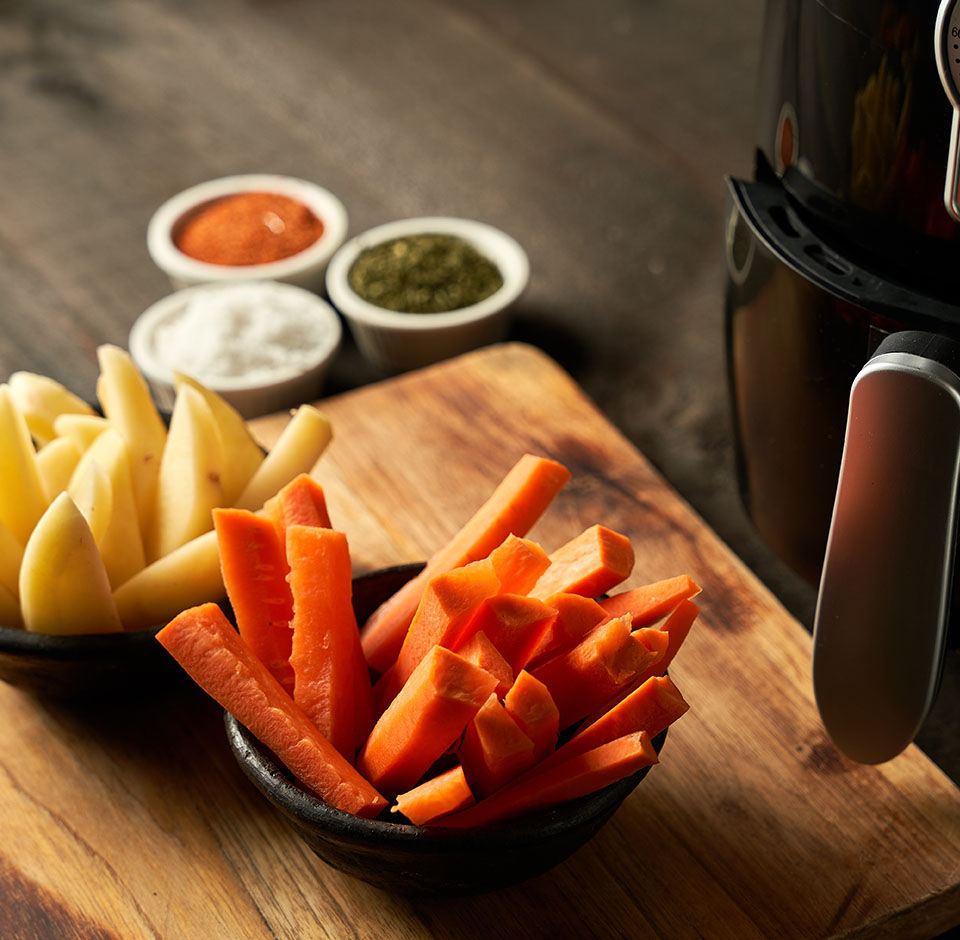
Air Fryers & Slow Cookers
Reduce your energy usage and cook smarter with our range of air fryers and slow cookers
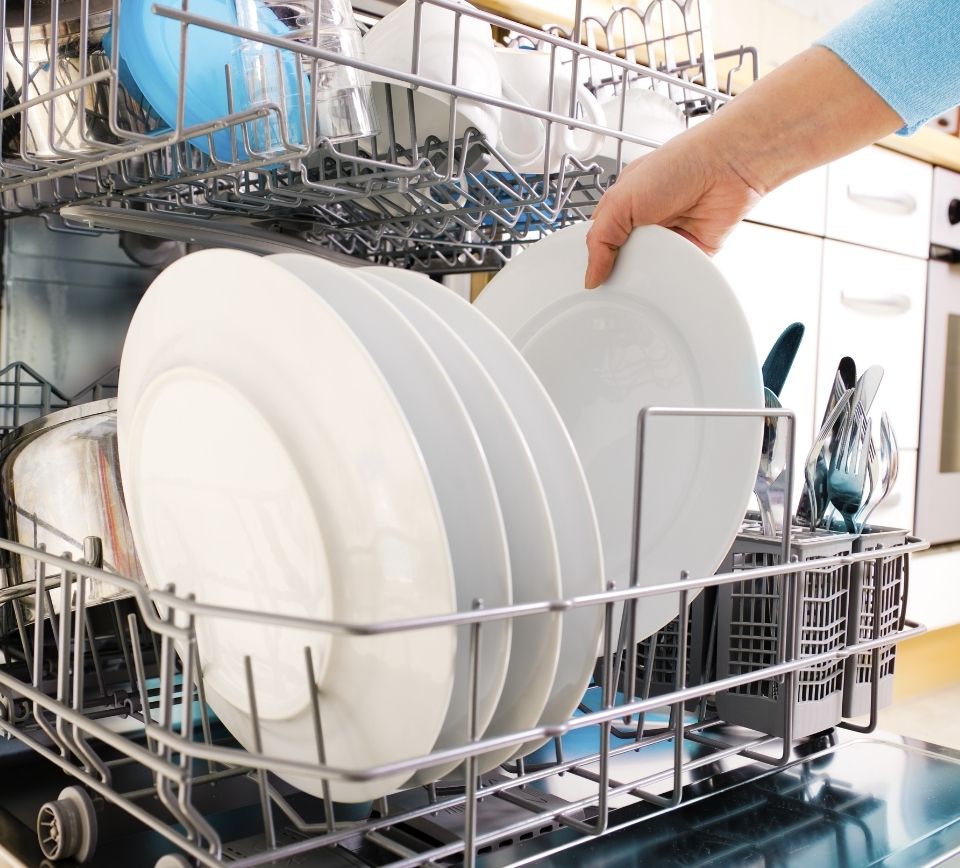
Dishwashers
Slimline and traditional freestanding energy efficient dishwashers for a variety of place settings
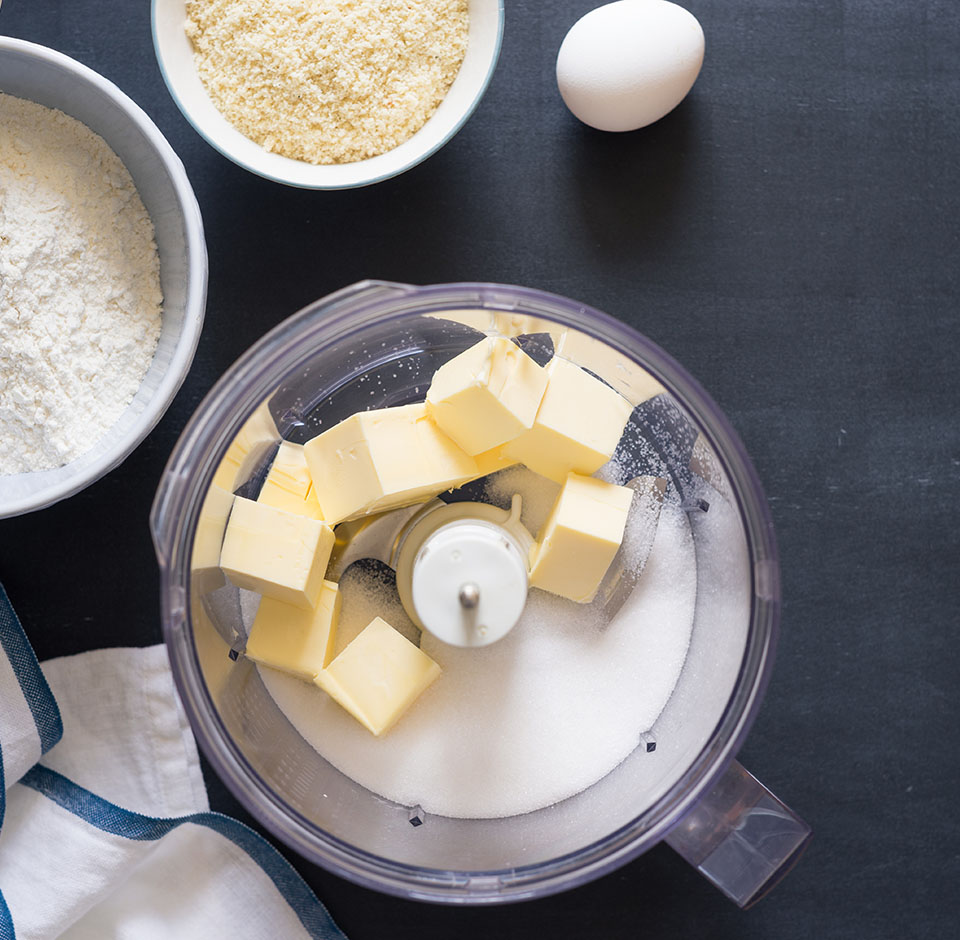
Food Processors & Blenders
Reduce your food waste, carbon footprint and save money with our range of food processors and blenders
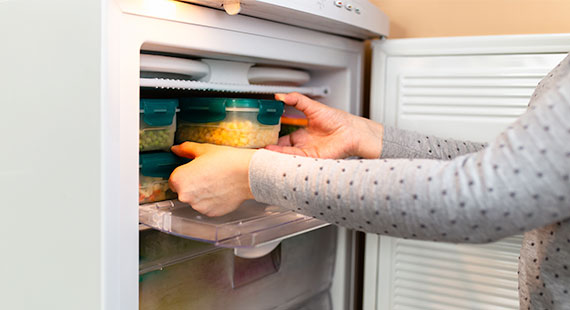
Freezers
Freestanding tall and under-counter energy efficient freezers
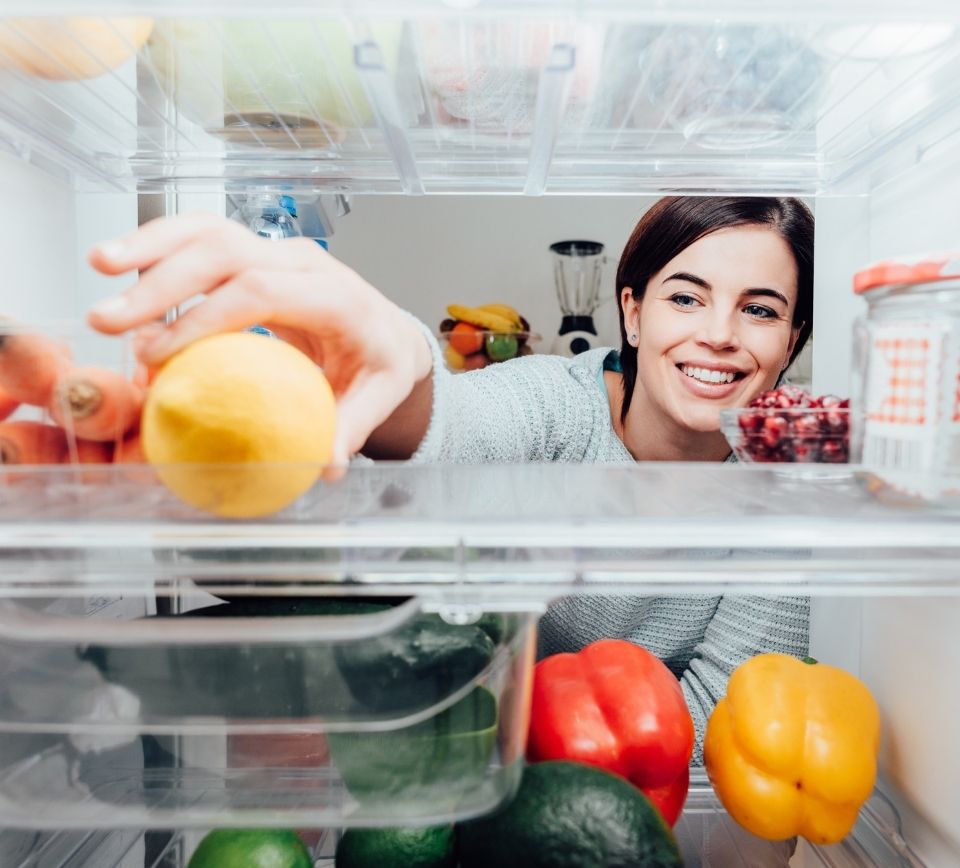
Fridge Freezers
A range of energy efficient, frost-free, and freestanding fridge freezers
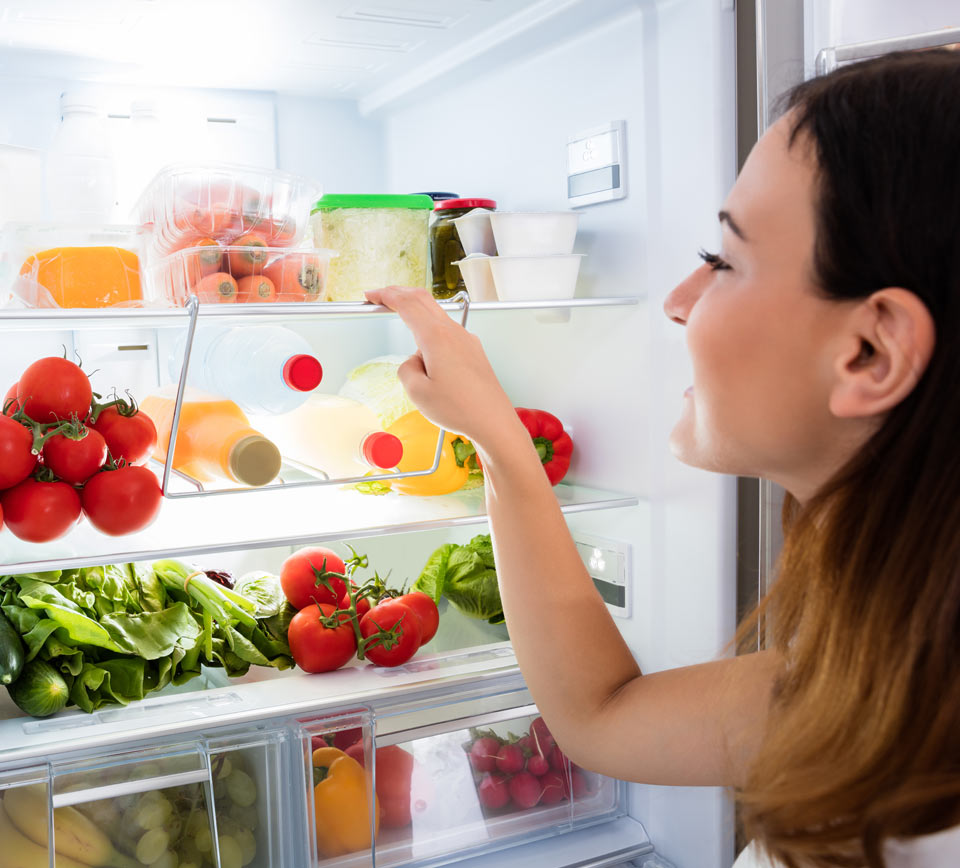
Fridges
A range of freestanding energy efficient tall and under-counter fridges
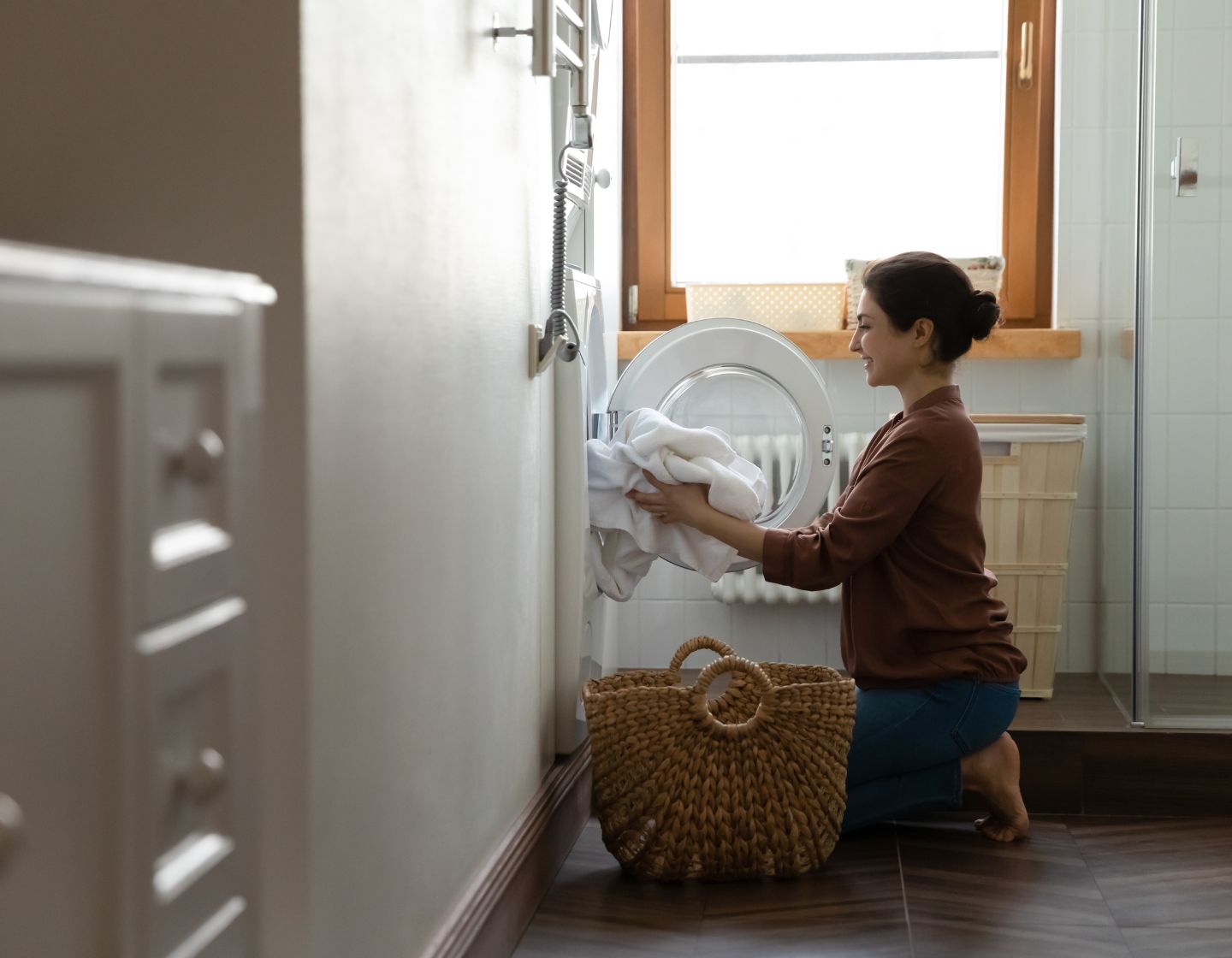
Tumble Dryers
Energy efficient condenser and heat pump tumble dryers
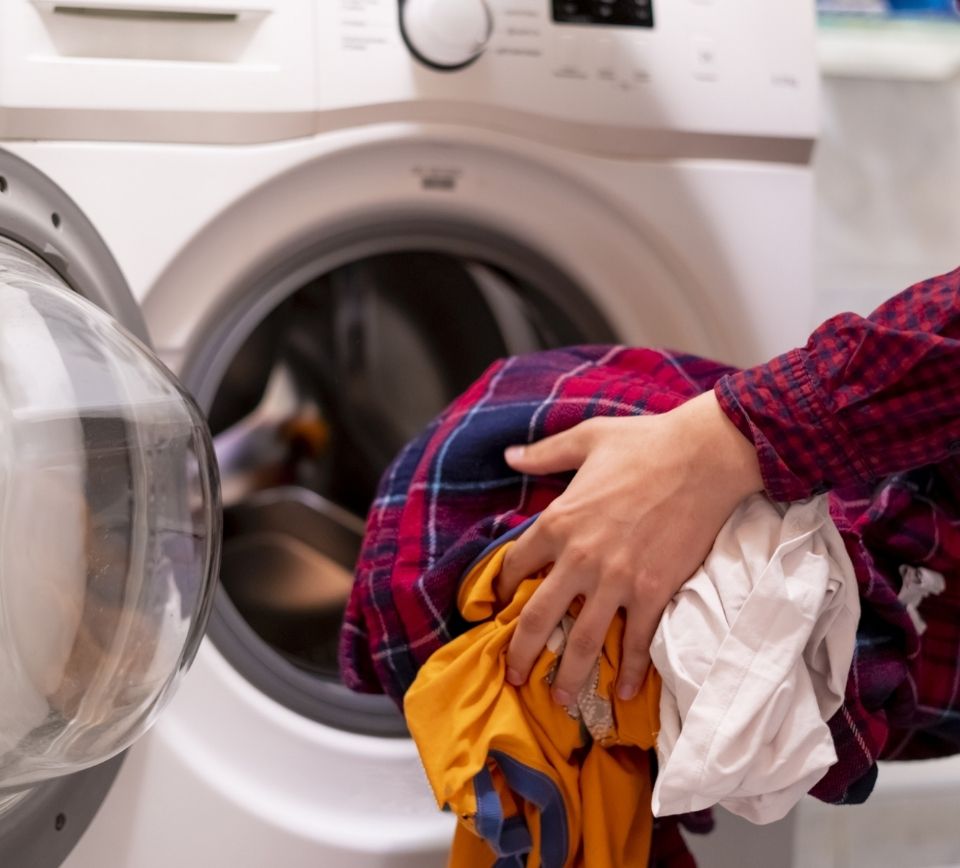
Washing Machines
Energy efficient washing machines from brand like Beko, Hotpoint and Bosch
Energy efficiency on all integrated appliances are so poor!
They need to improve urgently – as we are trying to help the planet and reduce climate change impact!!!
I am not putting less than a B rated anything in my refurbed kitchen
– I’ll do without and wait till catch up ! – light bulb moment!!
Asking ridiculous money for rubbish! Energy rated goods
Slimline dishwashers / fridge freezers
Not all Hobbs are energy rated either yet they are expensive